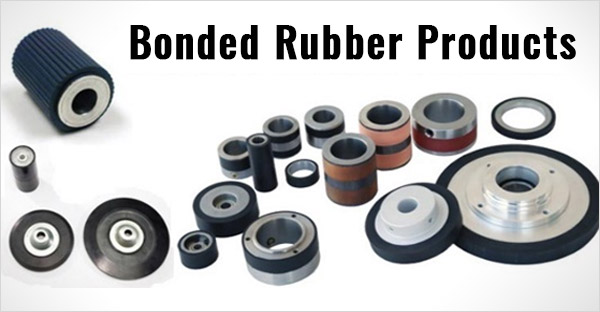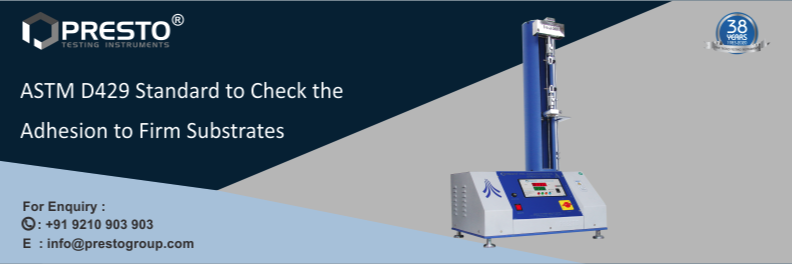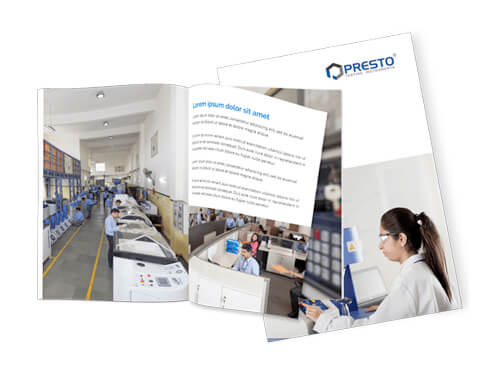- Method A determines the static adhesion strength of rubber to metal and determines the adhesion values in the area where the design of the material is more reflective of an actual product and control tests are set as a result. In this method, a rubber part is assembled between two parallel metal plates.
- Method B determines the adhesive strength of rubber to metal bonding agent via peel strip test of 90 degrees. The force is measured to separate the rubber from the metal surface to obtain the data, which indicates the strength of adhesion. In this method, rubber part is assembled to one metal plate.

- Method C determines the adhesive strength of rubber to metal adhesive agents when used to conical specimens. The test uses tensile and shear forces in the specimen.
- Method D determines the post-vulcanization bonding of rubber to metal means when the bond is created once rubber is vulcanized. Under vulcanization, chemical reaction with sulfur and heating enhances the mechanical properties of rubber materials. The method is used for glue or other materials used when rubber is vulcanized.
- Method E evaluates the adhesive strength of rubber tank lining to a tank using a 90-degree strip test. The pulling load required to separate a rubber strip from a metal surface is measured at a 90-degree Method E is identical to Method B except it is applied exclusively to the lining of the tank wall.
- Method F includes assembling the rubber parts between two parallel convex shaped metal plates. The force in an axial direction that is required to separate the bonded rubber from metal is measured.
- Method G includes measuring the adhesion of rubber to metal components with a double shear cylindrical sample. The test method determines the best adhesive for the rubber used.
- Method H measures the adhesive strength of rubber to the metal with a quadruple shear specimen. A quality control test is conducted from each molded batch to determine the 100 percent adhesion is obtained before exposing to the environment or laboratory storage with a pre-strain.
Peel Strength Tester Conforming to ASTM D429 – 14
Presto manufactured the peel strength tester complies with ASTM D429 – 14 Standard. The adhesion strength is measured to quantify the permanence of the adhesion of self-adhesive pressure sensitive material. The peel adhesion is the force that is required to remove a pressure sensitive coated material. The material is applied to a standard test plate under specified condition at a specified angle and speed.
The table top compact model provides a peak hold for maximum load in memory. The peel adhesion fixture (90 degrees) can be used to evaluate the adhesive response of different laminates like Method B and Method E of ASTM D429. ASTM designation identifies a unique version which has complete information, for example, D is for miscellaneous materials, 429 is assigned a sequential number, and 2014 is the year of original adoption.
The ASTM D429 – 14 is adopted in year 2014 and is an active standard.



